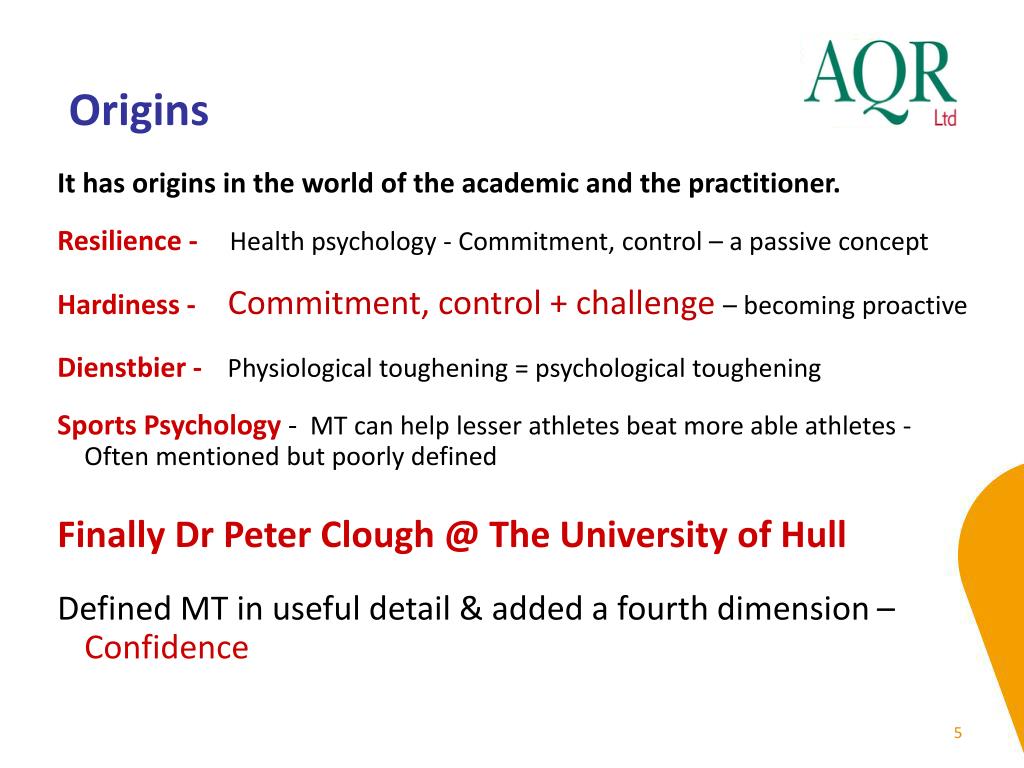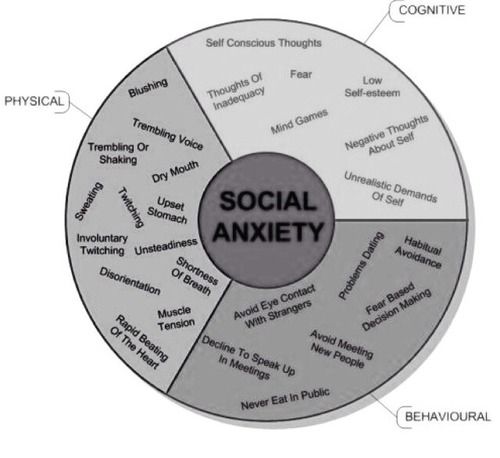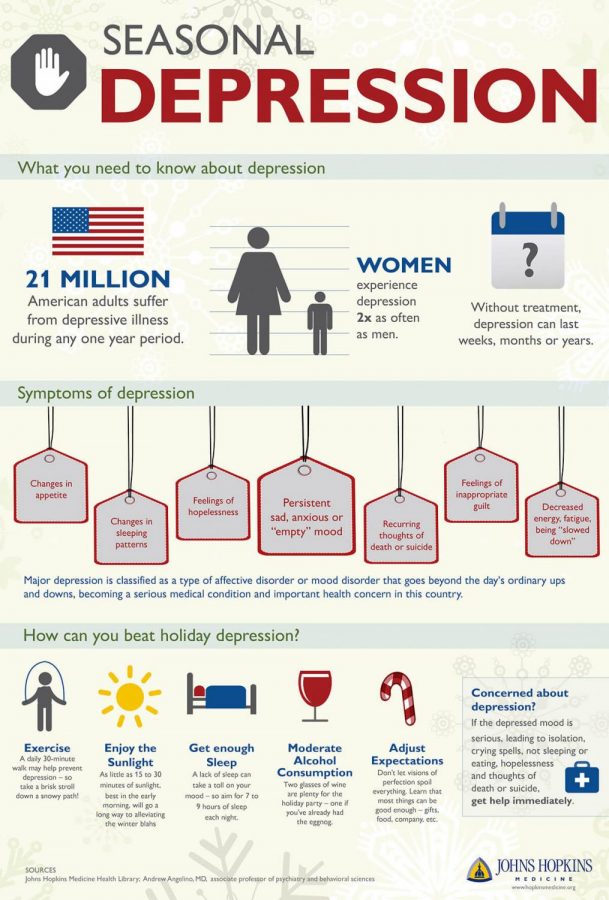Mental toughness psychology
The Psychology of Mental Toughness
People often seek therapy when they feel overwhelmed, out of control, or unable to take positive action. They think they come to figure things out and may not know that psychotherapy can make you stronger. Making decisions and following through isn’t simple willpower.
How Does This Work?
Life confronts us with unexpected challenges, like a global recession that drives good companies out of business. This becomes your problem when you discover that your employer of 20 years is shutting down next week. Your world has just turned upside down. You don’t know what to do. You catch your breath and find yourself with scary choices. Do you abandon your career? Take any job you can find? Go back to school for more training? Move to a smaller home?
You (and many others) might find it difficult to pick up the phone to get things going and put yourself down for being “weak” or “lazy.” You can’t muster the “get up and go” to get it done. Maybe you force yourself to act. Even then, why was it so hard? Are you really lazy? And how do you overcome that?
When The Going Gets Tough, The Tough Get Going
Our cultural ideal is to be strong in adversity. It’s an ideal because it’s not something everyone can do. It’s also far too easy to see toughness under pressure as an ability you either have or not. But our living world has few absolutes. Most handle some situations well and get overwhelmed by others. Can you strengthen your ability to keep your wits under pressure? Absolutely! Let’s see how you can build mental muscle to be tough in adversity.
Think of a decathlete in the Olympic Games who competes in 10 events that test strength, skill and endurance over a grueling two days. A decathlete’s training cannot neglect any of these attributes and needs time to succeed. Otherwise, they’ll excel at the shot put but fail at the javelin throw or 1500 meter run. Likewise, if you’re going to build mental muscle, you’ll build on your strengths and shore up weaknesses.
A person with mental toughness faces challenges directly and is effective in solving them. I believe that someone who’s mentally tough has a combination of willpower, skill and resilience. How does therapy help you develop these attributes? Let’s look at the elements of mental toughness, and how these are addressed in psychotherapy.
An experienced therapist will consider your specific needs and apply proven approaches to help you. Growth usually doesn’t occur in a simple, straight path but unfolds through a process of trial and error over time. Therapy can help you pace and track this process. It’s the therapist’s job to explain a treatment plan that specifies goals, methods, time and costs.
Building Mental Toughness with a Therapist’s Guidance
Willpower can be thought of as a combination of intention, effort and courage.
- Intention is the “will” in willpower. It’s the tenacity to stay on task or return to it until the work is done.
 To build awareness of what may need to happen, your therapist may help you clarify your values to make choices consistent with them. You may also explore the consequences of changing a behavior – what you may fear losing as well as what you may gain, so when you’re ready, you’ll choose to change on your own terms.
To build awareness of what may need to happen, your therapist may help you clarify your values to make choices consistent with them. You may also explore the consequences of changing a behavior – what you may fear losing as well as what you may gain, so when you’re ready, you’ll choose to change on your own terms. - Effort is power and is enhanced by helping you accurately gauge the amount that’s needed. If you’re facing a big challenge, you may be scared or feel helpless or hopeless about taking it on. If this is the case, your therapist will address your vulnerability to anxiety or depression, so you don’t stall out. If you give up easily, you may surface the thoughts or past experiences that leave you feeling scared, helpless and hopeless and then explore alternative ways to view the situation. All along, you’ll be buoyed by the therapist’s encouragement and support.
- Courage is the willingness to bear the intensity of fear and other emotions and do what you need to anyway.
 An essential element of courage is awareness. Newer cognitive behavior therapies train people in mindfulness to build their capacity to witness their experience and act in their best interest despite discomforts and distractions.
An essential element of courage is awareness. Newer cognitive behavior therapies train people in mindfulness to build their capacity to witness their experience and act in their best interest despite discomforts and distractions.
How Anxiety and Depression Feed Each Other
Under stress, some people get anxious, others depressed, or these feed each other so coping efforts stall.
- The anxious response. Facing a daunting challenge, you get so anxious you lose clarity to deal with the problem at hand. Your fear takes center stage and feels overwhelming. So you back away from the fear and the problem itself.
- The depressive response. Here, you convince yourself it’s hopeless, so you feel helpless. This de-energizes you just when you need to take positive action.
How can anxiety and depression feed each other? Fearful thoughts convince you the situation is hopeless, so you avoid challenges, and problems compound.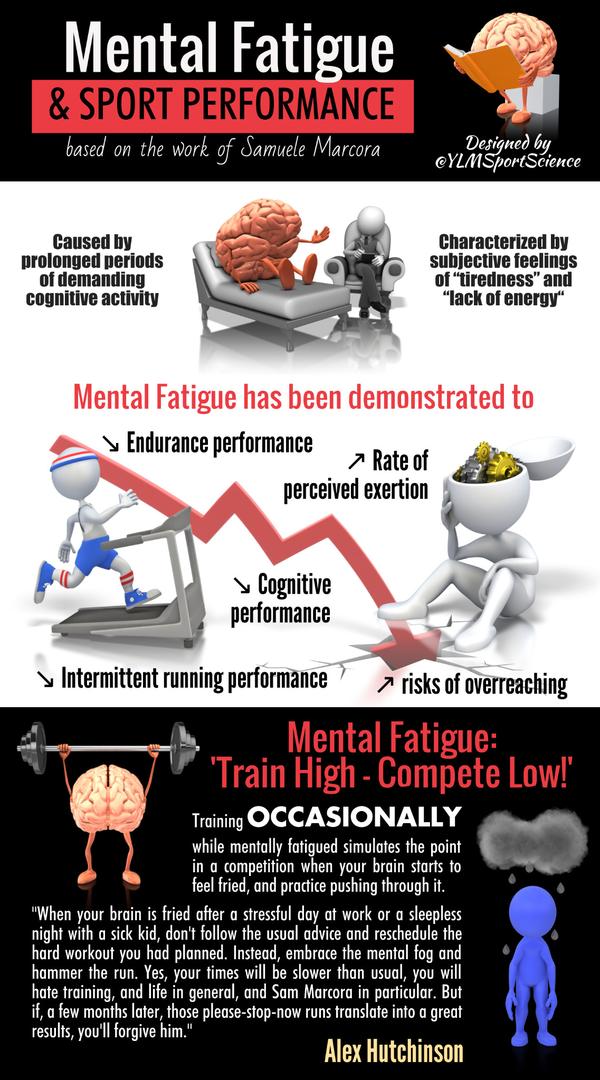 Responding to stress with escape and avoidance — whether drinking, TV, or other habits — fuels the belief you lack willpower. Now you’re ashamed and guilty and lose faith in yourself, so you avoid the pain and the cycle continues.
Responding to stress with escape and avoidance — whether drinking, TV, or other habits — fuels the belief you lack willpower. Now you’re ashamed and guilty and lose faith in yourself, so you avoid the pain and the cycle continues.
Seeking therapy is one of many ways to overcome this downward spiral. It’s reaching outside of yourself to improve your coping skills and feel better. But even here, your self-esteem may be affected by admitting you need help.
You don’t have to remain trapped in such negativity. The first step is to admit you’re overwhelmed. Then, gather your strength and seek help from someone who’s knowledgeable, reliable, and can help you marshal your strengths to face challenges more effectively.
Behavioral therapists train clients to deepen their ability to relax and access that relaxation at otherwise tense moments, helping them be “cool under fire.” Psychodynamic and other therapists encourage you to disclose your experience without censorship. They join with you to explore the difficult emotions and thoughts that surface, sometimes tracing their origins to past experiences, which can help you release their hold on you. Methods that address the intensity of emotional discomfort, such as EMDR (Eye Movement Desensitization Reprocessing) and imaginal exposure have you review traumatic experiences in the safety of the consulting room and help free you from the fight, flight or panic responses that often accompany such memories.
Methods that address the intensity of emotional discomfort, such as EMDR (Eye Movement Desensitization Reprocessing) and imaginal exposure have you review traumatic experiences in the safety of the consulting room and help free you from the fight, flight or panic responses that often accompany such memories.
At the depths of the Great Depression of the 1930s, Franklin Delano Roosevelt stood at the inaugural podium on withered legs supported by steel braces and proclaimed that “the only thing we have to fear is fear itself.” How can you develop this kind of courage? Through facing your fear and doing what you need to anyway, you progressively conquer that fear.
For example, if you’re afraid to drive over bridges, you may avoid any route that involves a bridge. Your therapist may teach you slow, deep belly breathing to relax or show you how to tense your muscles and let them go to induce relaxation. He may also introduce you to exposure therapy, where you practice relaxation breathing while viewing the bridge from afar. You may then go near an actual bridge while practicing relaxation until you calm yourself enough that you’re able to drive over the bridge. You may begin the exposure process by imagining the situation at a distance, then closer, which readies you for encountering the actual situation.
You may then go near an actual bridge while practicing relaxation until you calm yourself enough that you’re able to drive over the bridge. You may begin the exposure process by imagining the situation at a distance, then closer, which readies you for encountering the actual situation.
Skill
Skill is a combination of awareness, thinking and perspective.
Awareness is attention and focus. These are developed through exploring the issues that cause difficulty and becoming aware of what may contribute to them. Where life stress triggers strong emotions, you may be trained in meditation, where you build your ability to concentrate or mindfully conduct everyday activities rather than fumble your way through them. Other tools that build awareness are journal writing; diary cards; focusing on your feelings until you have a deeper intuition about what they’re reflecting; and dreamwork, where your associations may provide insight into your attitude and life situation.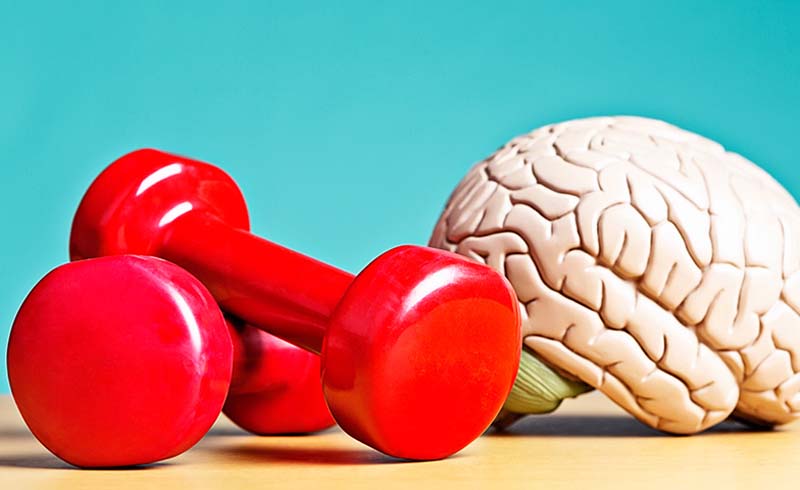
Sometimes attention and focus are impaired by brain dysfunctions that feel disabling, such as severe depression, bipolar disorder or attention deficit hyperactivity disorder (ADHD). For these conditions medication can be especially helpful. Awareness may also be impaired by substance abuse that needs to be brought under control.
Escaping Avoidance
Some people get trapped in a subtle kind of avoidance that looks like they’re doing something, but they’re doing it half-heartedly, in a daze. For example, rather than respond to his wife’s request to talk, a husband goes to his computer and surfs the Net for hours. Or, a young woman loses herself in junk novels but feels ineffective about getting her life in gear. This haven can take many forms. It isn’t quite alive nor completely unconscious and has the illusion that you’re doing something, but it actually creates nothing but emptiness.
If you find yourself in this zone of lethargy, the first thing to do is notice you’re there.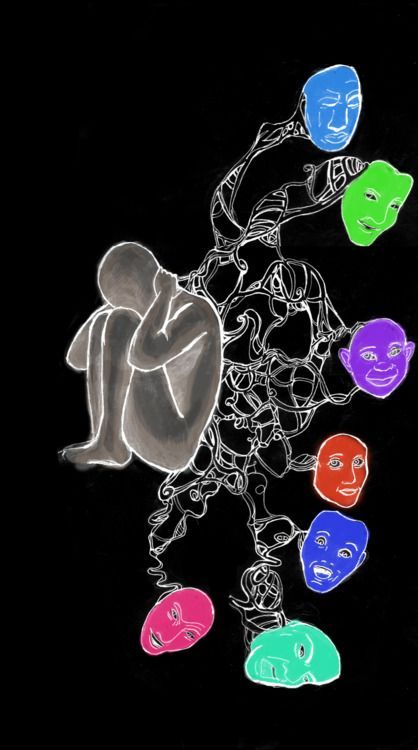 Then get up and do something else. See what you were avoiding and address it directly if you can, or explore what you’re avoiding if still feeling stuck. But get out of that swamp, because it’s one of the ways that you can get stuck in depression.
Then get up and do something else. See what you were avoiding and address it directly if you can, or explore what you’re avoiding if still feeling stuck. But get out of that swamp, because it’s one of the ways that you can get stuck in depression.
Thinking. Cognitive therapists help you train awareness and thinking through the use of automatic thought records. Here’s how those work:
Some situation throws you off balance. As soon as you can, you write down what happened and examine the thoughts that were triggered by the situation and whether those thoughts are a distorted description of what you observed. Then you write down the feelings that were elicited by those thoughts and gauge their strength. Next, you dialog with those thoughts to find a more adaptive response. You conclude by measuring the intensity of emotions that now relate to that incident.
Often you’ll find that your emotional response has calmed considerably so you’ll have a more adaptive response going forward. You can receive similar benefits by examining such situations, thoughts, emotions and possible responses with your therapist. She may also engage you in role play to build confidence and teach you new skills. These methods all help you think more clearly under pressure. Some people may have learning and attention problems that are innate, such as dyslexia. Your therapist may refer you for assessment and address such issues in your treatment plan.
You can receive similar benefits by examining such situations, thoughts, emotions and possible responses with your therapist. She may also engage you in role play to build confidence and teach you new skills. These methods all help you think more clearly under pressure. Some people may have learning and attention problems that are innate, such as dyslexia. Your therapist may refer you for assessment and address such issues in your treatment plan.
Perspective is the ability to take a step back from the immediate situation and view it in context. A solution-focused therapist may help you imagine the life you want and start doing the things that build such a life. Imaginal approaches such as dreamwork, art therapy or sand tray therapy encourage you to work with images you spontaneously produce. These methods and others like them help you see that your unconscious mind already has the broader perspective you’re seeking.
Talk therapy is the method most often used to help you gain perspective.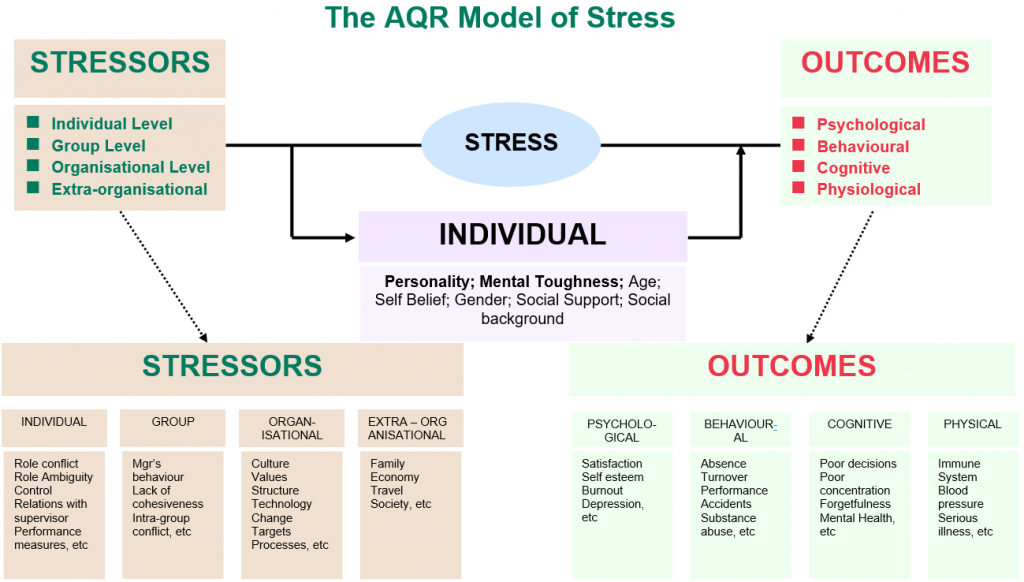 Your therapist may guide you to explore your situation and the many influences that create it. Sometimes, interpreting your actions through the lens of unresolved childhood conflicts can help you understand responses that no longer make sense. You may also benefit from assigned reading and discussion of research findings about your particular situation.
Your therapist may guide you to explore your situation and the many influences that create it. Sometimes, interpreting your actions through the lens of unresolved childhood conflicts can help you understand responses that no longer make sense. You may also benefit from assigned reading and discussion of research findings about your particular situation.
Resilience
Resilience is needed for staying power, and can be seen as a combination of patience, flexibility, self-care and support.
Patience can help you avoid compounding problems and make it possible to time your responses more effectively. It’s taught through encouraging realistic goals. If you try meditation practice, this builds the ability to remain focused despite distractions or discomfort and helps you hold your focus for a longer time. People who are so impatient they often take ill-considered, impulsive actions may need to learn emotion regulation and distress tolerance skills or stop feeding addictions.
Impulsive actions can also be triggered by anger. Those prone to anger can benefit from anger management classes and training to assert themselves more appropriately, considering others’ needs as well as their own.
Flexibility is the willingness to change your action plan as circumstances evolve. It begins with developing insight about your situation, including exploring alternative courses of action. Several therapeutic processes support flexibility, including dialog, role play, problem-solving and communication skills training.
Self-care is essential when people are under stress because the mind has a body! Good physical health gives you the stamina to withstand stress. Often people find that depression starts to lift by beginning regular exercise, eating healthier meals, and learning proven methods to deal with insomnia (or seeking medical help if insomnia continues). People may also stay in situations or relationships that are so stressful they need to resolve them or move on.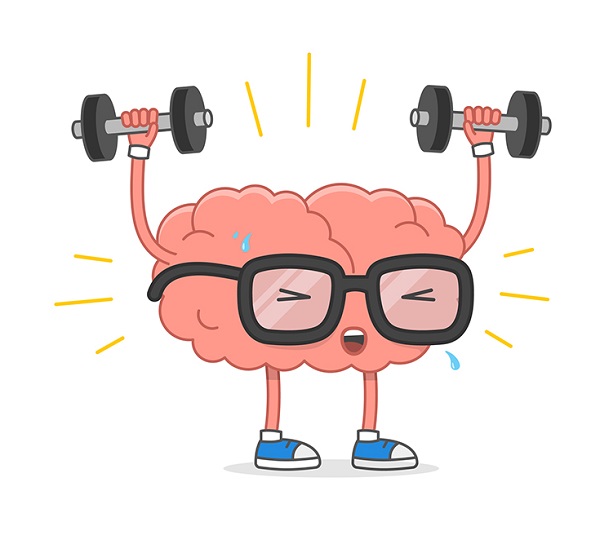 A good therapist will help you do this.
A good therapist will help you do this.
One of the most important elements of self-care is having compassion for yourself, because few people choose to be stuck. They’re usually doing the best they can with the knowledge and means at hand. Your therapist will help you survey your self-care practices and help you identify medical problems whose symptoms may masquerade as mental illness. Licensed therapists are trained to pick up on that possibility and refer you for a medical workup. As with building other strengths, self-care must include resolving addictions that prevent full healing.
Support is something we all need because we are stronger collectively than alone. Building a support network may involve helping you plan and access the most helpful members of your family and community and includes your therapist and others in your treatment team.
Some people benefit from support groups or group therapy. Also, your therapist may recommend more frequent sessions if you’re under great stress or if your discovery process becomes so active that you could use more time for processing your changes.
Toward Lasting Change
You’ve now reviewed the characteristics that make up mental toughness. You’ve also seen how your therapist can help you do the challenging work that builds individual strengths. One of the payoffs of a successful course of therapy is building a more positive attitude and optimism that you can overcome even difficult challenges. Increased mental toughness is a gift that will keep on giving for the rest of your life.
The Psychology of Mental Toughness
People often seek therapy when they feel overwhelmed, out of control, or unable to take positive action. They think they come to figure things out and may not know that psychotherapy can make you stronger. Making decisions and following through isn’t simple willpower.
How Does This Work?
Life confronts us with unexpected challenges, like a global recession that drives good companies out of business. This becomes your problem when you discover that your employer of 20 years is shutting down next week.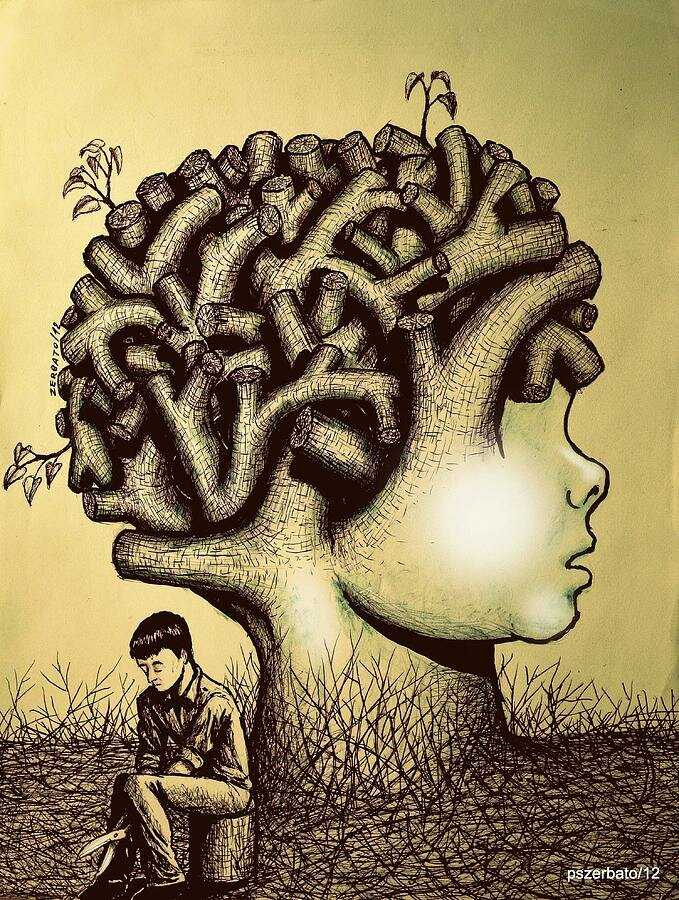 Your world has just turned upside down. You don’t know what to do. You catch your breath and find yourself with scary choices. Do you abandon your career? Take any job you can find? Go back to school for more training? Move to a smaller home?
Your world has just turned upside down. You don’t know what to do. You catch your breath and find yourself with scary choices. Do you abandon your career? Take any job you can find? Go back to school for more training? Move to a smaller home?
You (and many others) might find it difficult to pick up the phone to get things going and put yourself down for being “weak” or “lazy.” You can’t muster the “get up and go” to get it done. Maybe you force yourself to act. Even then, why was it so hard? Are you really lazy? And how do you overcome that?
When The Going Gets Tough, The Tough Get Going
Our cultural ideal is to be strong in adversity. It’s an ideal because it’s not something everyone can do. It’s also far too easy to see toughness under pressure as an ability you either have or not. But our living world has few absolutes. Most handle some situations well and get overwhelmed by others. Can you strengthen your ability to keep your wits under pressure? Absolutely! Let’s see how you can build mental muscle to be tough in adversity.
Think of a decathlete in the Olympic Games who competes in 10 events that test strength, skill and endurance over a grueling two days. A decathlete’s training cannot neglect any of these attributes and needs time to succeed. Otherwise, they’ll excel at the shot put but fail at the javelin throw or 1500 meter run. Likewise, if you’re going to build mental muscle, you’ll build on your strengths and shore up weaknesses.
A person with mental toughness faces challenges directly and is effective in solving them. I believe that someone who’s mentally tough has a combination of willpower, skill and resilience. How does therapy help you develop these attributes? Let’s look at the elements of mental toughness, and how these are addressed in psychotherapy.
An experienced therapist will consider your specific needs and apply proven approaches to help you. Growth usually doesn’t occur in a simple, straight path but unfolds through a process of trial and error over time. Therapy can help you pace and track this process. It’s the therapist’s job to explain a treatment plan that specifies goals, methods, time and costs.
It’s the therapist’s job to explain a treatment plan that specifies goals, methods, time and costs.
Building Mental Toughness with a Therapist’s Guidance
Willpower can be thought of as a combination of intention, effort and courage.
- Intention is the “will” in willpower. It’s the tenacity to stay on task or return to it until the work is done. To build awareness of what may need to happen, your therapist may help you clarify your values to make choices consistent with them. You may also explore the consequences of changing a behavior – what you may fear losing as well as what you may gain, so when you’re ready, you’ll choose to change on your own terms.
- Effort is power and is enhanced by helping you accurately gauge the amount that’s needed. If you’re facing a big challenge, you may be scared or feel helpless or hopeless about taking it on. If this is the case, your therapist will address your vulnerability to anxiety or depression, so you don’t stall out.
 If you give up easily, you may surface the thoughts or past experiences that leave you feeling scared, helpless and hopeless and then explore alternative ways to view the situation. All along, you’ll be buoyed by the therapist’s encouragement and support.
If you give up easily, you may surface the thoughts or past experiences that leave you feeling scared, helpless and hopeless and then explore alternative ways to view the situation. All along, you’ll be buoyed by the therapist’s encouragement and support. - Courage is the willingness to bear the intensity of fear and other emotions and do what you need to anyway. An essential element of courage is awareness. Newer cognitive behavior therapies train people in mindfulness to build their capacity to witness their experience and act in their best interest despite discomforts and distractions.
How Anxiety and Depression Feed Each Other
Under stress, some people get anxious, others depressed, or these feed each other so coping efforts stall.
- The anxious response. Facing a daunting challenge, you get so anxious you lose clarity to deal with the problem at hand. Your fear takes center stage and feels overwhelming. So you back away from the fear and the problem itself.

- The depressive response. Here, you convince yourself it’s hopeless, so you feel helpless. This de-energizes you just when you need to take positive action.
How can anxiety and depression feed each other? Fearful thoughts convince you the situation is hopeless, so you avoid challenges, and problems compound. Responding to stress with escape and avoidance — whether drinking, TV, or other habits — fuels the belief you lack willpower. Now you’re ashamed and guilty and lose faith in yourself, so you avoid the pain and the cycle continues.
Seeking therapy is one of many ways to overcome this downward spiral. It’s reaching outside of yourself to improve your coping skills and feel better. But even here, your self-esteem may be affected by admitting you need help.
You don’t have to remain trapped in such negativity. The first step is to admit you’re overwhelmed. Then, gather your strength and seek help from someone who’s knowledgeable, reliable, and can help you marshal your strengths to face challenges more effectively.
Behavioral therapists train clients to deepen their ability to relax and access that relaxation at otherwise tense moments, helping them be “cool under fire.” Psychodynamic and other therapists encourage you to disclose your experience without censorship. They join with you to explore the difficult emotions and thoughts that surface, sometimes tracing their origins to past experiences, which can help you release their hold on you. Methods that address the intensity of emotional discomfort, such as EMDR (Eye Movement Desensitization Reprocessing) and imaginal exposure have you review traumatic experiences in the safety of the consulting room and help free you from the fight, flight or panic responses that often accompany such memories.
At the depths of the Great Depression of the 1930s, Franklin Delano Roosevelt stood at the inaugural podium on withered legs supported by steel braces and proclaimed that “the only thing we have to fear is fear itself.” How can you develop this kind of courage? Through facing your fear and doing what you need to anyway, you progressively conquer that fear.
For example, if you’re afraid to drive over bridges, you may avoid any route that involves a bridge. Your therapist may teach you slow, deep belly breathing to relax or show you how to tense your muscles and let them go to induce relaxation. He may also introduce you to exposure therapy, where you practice relaxation breathing while viewing the bridge from afar. You may then go near an actual bridge while practicing relaxation until you calm yourself enough that you’re able to drive over the bridge. You may begin the exposure process by imagining the situation at a distance, then closer, which readies you for encountering the actual situation.
Skill
Skill is a combination of awareness, thinking and perspective.
Awareness is attention and focus. These are developed through exploring the issues that cause difficulty and becoming aware of what may contribute to them. Where life stress triggers strong emotions, you may be trained in meditation, where you build your ability to concentrate or mindfully conduct everyday activities rather than fumble your way through them. Other tools that build awareness are journal writing; diary cards; focusing on your feelings until you have a deeper intuition about what they’re reflecting; and dreamwork, where your associations may provide insight into your attitude and life situation.
Other tools that build awareness are journal writing; diary cards; focusing on your feelings until you have a deeper intuition about what they’re reflecting; and dreamwork, where your associations may provide insight into your attitude and life situation.
Sometimes attention and focus are impaired by brain dysfunctions that feel disabling, such as severe depression, bipolar disorder or attention deficit hyperactivity disorder (ADHD). For these conditions medication can be especially helpful. Awareness may also be impaired by substance abuse that needs to be brought under control.
Escaping Avoidance
Some people get trapped in a subtle kind of avoidance that looks like they’re doing something, but they’re doing it half-heartedly, in a daze. For example, rather than respond to his wife’s request to talk, a husband goes to his computer and surfs the Net for hours. Or, a young woman loses herself in junk novels but feels ineffective about getting her life in gear. This haven can take many forms. It isn’t quite alive nor completely unconscious and has the illusion that you’re doing something, but it actually creates nothing but emptiness.
It isn’t quite alive nor completely unconscious and has the illusion that you’re doing something, but it actually creates nothing but emptiness.
If you find yourself in this zone of lethargy, the first thing to do is notice you’re there. Then get up and do something else. See what you were avoiding and address it directly if you can, or explore what you’re avoiding if still feeling stuck. But get out of that swamp, because it’s one of the ways that you can get stuck in depression.
Thinking. Cognitive therapists help you train awareness and thinking through the use of automatic thought records. Here’s how those work:
Some situation throws you off balance. As soon as you can, you write down what happened and examine the thoughts that were triggered by the situation and whether those thoughts are a distorted description of what you observed. Then you write down the feelings that were elicited by those thoughts and gauge their strength. Next, you dialog with those thoughts to find a more adaptive response. You conclude by measuring the intensity of emotions that now relate to that incident.
You conclude by measuring the intensity of emotions that now relate to that incident.
Often you’ll find that your emotional response has calmed considerably so you’ll have a more adaptive response going forward. You can receive similar benefits by examining such situations, thoughts, emotions and possible responses with your therapist. She may also engage you in role play to build confidence and teach you new skills. These methods all help you think more clearly under pressure. Some people may have learning and attention problems that are innate, such as dyslexia. Your therapist may refer you for assessment and address such issues in your treatment plan.
Perspective is the ability to take a step back from the immediate situation and view it in context. A solution-focused therapist may help you imagine the life you want and start doing the things that build such a life. Imaginal approaches such as dreamwork, art therapy or sand tray therapy encourage you to work with images you spontaneously produce.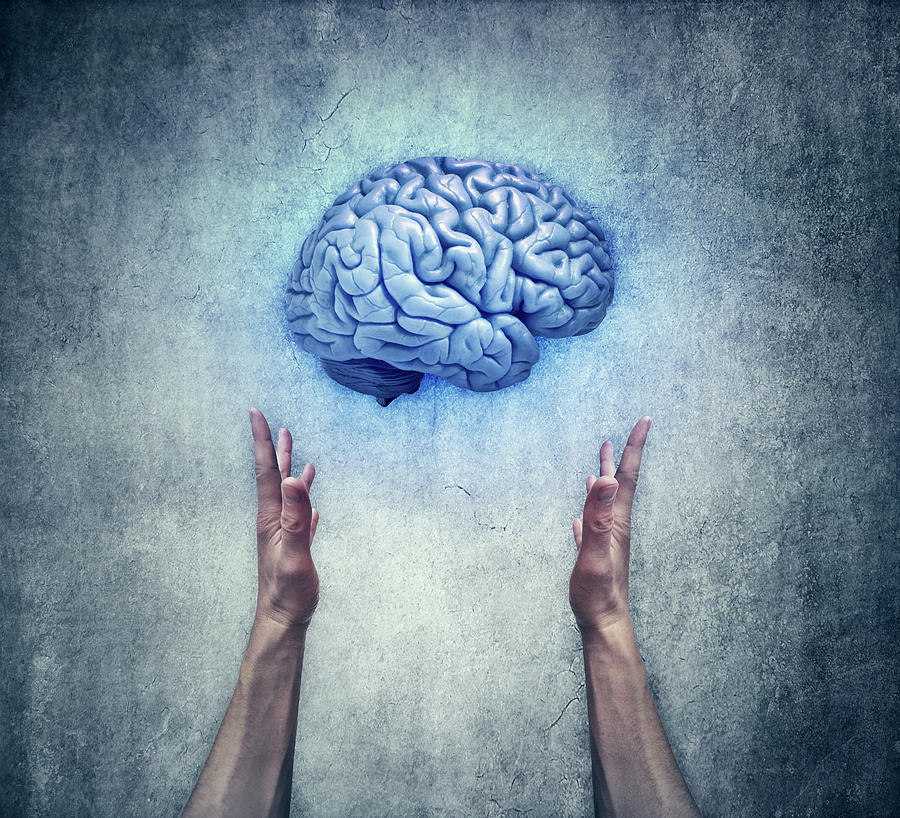 These methods and others like them help you see that your unconscious mind already has the broader perspective you’re seeking.
These methods and others like them help you see that your unconscious mind already has the broader perspective you’re seeking.
Talk therapy is the method most often used to help you gain perspective. Your therapist may guide you to explore your situation and the many influences that create it. Sometimes, interpreting your actions through the lens of unresolved childhood conflicts can help you understand responses that no longer make sense. You may also benefit from assigned reading and discussion of research findings about your particular situation.
Resilience
Resilience is needed for staying power, and can be seen as a combination of patience, flexibility, self-care and support.
Patience can help you avoid compounding problems and make it possible to time your responses more effectively. It’s taught through encouraging realistic goals. If you try meditation practice, this builds the ability to remain focused despite distractions or discomfort and helps you hold your focus for a longer time. People who are so impatient they often take ill-considered, impulsive actions may need to learn emotion regulation and distress tolerance skills or stop feeding addictions.
People who are so impatient they often take ill-considered, impulsive actions may need to learn emotion regulation and distress tolerance skills or stop feeding addictions.
Impulsive actions can also be triggered by anger. Those prone to anger can benefit from anger management classes and training to assert themselves more appropriately, considering others’ needs as well as their own.
Flexibility is the willingness to change your action plan as circumstances evolve. It begins with developing insight about your situation, including exploring alternative courses of action. Several therapeutic processes support flexibility, including dialog, role play, problem-solving and communication skills training.
Self-care is essential when people are under stress because the mind has a body! Good physical health gives you the stamina to withstand stress. Often people find that depression starts to lift by beginning regular exercise, eating healthier meals, and learning proven methods to deal with insomnia (or seeking medical help if insomnia continues). People may also stay in situations or relationships that are so stressful they need to resolve them or move on. A good therapist will help you do this.
People may also stay in situations or relationships that are so stressful they need to resolve them or move on. A good therapist will help you do this.
One of the most important elements of self-care is having compassion for yourself, because few people choose to be stuck. They’re usually doing the best they can with the knowledge and means at hand. Your therapist will help you survey your self-care practices and help you identify medical problems whose symptoms may masquerade as mental illness. Licensed therapists are trained to pick up on that possibility and refer you for a medical workup. As with building other strengths, self-care must include resolving addictions that prevent full healing.
Support is something we all need because we are stronger collectively than alone. Building a support network may involve helping you plan and access the most helpful members of your family and community and includes your therapist and others in your treatment team.
Some people benefit from support groups or group therapy. Also, your therapist may recommend more frequent sessions if you’re under great stress or if your discovery process becomes so active that you could use more time for processing your changes.
Toward Lasting Change
You’ve now reviewed the characteristics that make up mental toughness. You’ve also seen how your therapist can help you do the challenging work that builds individual strengths. One of the payoffs of a successful course of therapy is building a more positive attitude and optimism that you can overcome even difficult challenges. Increased mental toughness is a gift that will keep on giving for the rest of your life.
mental stability - News - IQ Research and Education Portal - National Research University Higher School of Economics
Setting and achieving goals, overcoming difficulties, adapting to society and many other life situations require mental stability from a person. This phenomenon is actively studied by psychologists. What is mental stability, what components it consists of and how it affects the quality of human life - we analyze it on cards with the help of a review work by a researcher from the Higher School of Economics Natalia Zhozhikashvili and scientists from the Russian Academy of Education Sergey Malykh and Alena Devyaterikovoy.
What is mental stability, what components it consists of and how it affects the quality of human life - we analyze it on cards with the help of a review work by a researcher from the Higher School of Economics Natalia Zhozhikashvili and scientists from the Russian Academy of Education Sergey Malykh and Alena Devyaterikovoy.
What is mental stability?
Mental toughness ( mental toughness ) - a quality that allows you to overcome negative, stressful circumstances and provides the ability to adapt in conditions of change or uncertainty. There are many definitions of mental stability (PU). In general, this is a general term for a set of positive psychological characteristics that play an important role in individual achievements in various areas of activity.
What psychological characteristics are we talking about?
These are, for example, self-belief, attention control, success attitude, optimistic thinking, emotional awareness and emotional regulation, the ability to cope with what is perceived as a challenge, a conscious attitude to surrounding circumstances and their understanding.
Unlike most personality models and measures that assess behavioral aspects of personality (“how we act”), mental resilience assesses something more fundamental, namely “how we think”, or why we act and react emotionally to events.
And how does science describe mental stability? What models exist?
During the study of mental stability, a number of its models have been developed. For example, some take into account individual differences in reactions to stressful situations. These models include factors such as resilience - the ability to constructively overcome stress and difficult periods; resilience, which is thought to buffer between stressful life situations and illness, and physiological resilience.
And which model is considered the most famous and at the same time gives a clear understanding of what constitutes mental stability?
The best known model is 4C proposed by Peter Clow and colleagues. In accordance with it, mental stability is a combination of four interrelated, but independent components:
Control - Control;
Commitment Commitment;
Challenge - Call;
Confidence - Confidence.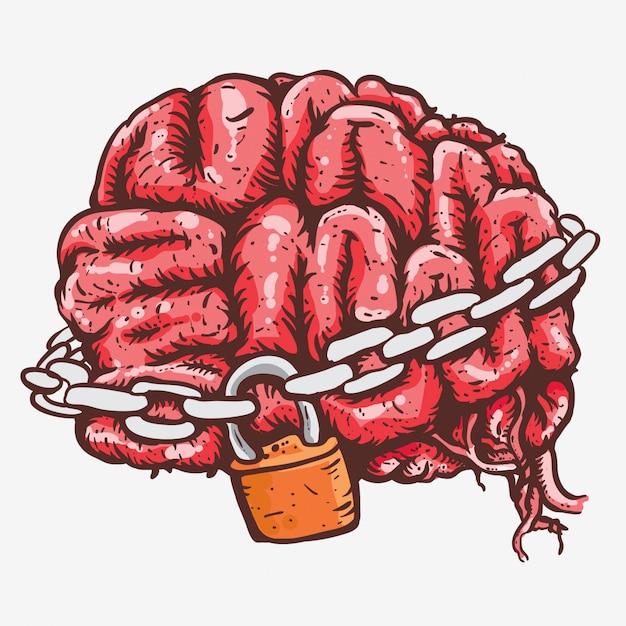
Each of them has two factors, also independent of each other. Together they reflect different aspects of what an individual thinks about a particular life event.
Let's take a closer look at each component of the
4C model? Let's start with "control" - what is it?This is the tendency of a person to feel and act as if he has influence over the world around him and his life, as well as the ability to keep anxiety levels under control. There are two separate factors of this component: control over life and control over emotions.
Control of life is usually described as the feeling of "I can". Those who score high on this scale are more likely to believe they are in control of their lives. They feel that their destiny is in their own hands, that their plans and activities will not be interfered with. And they can always change something.
Emotion control describes how a person is able to mentally control their emotional reactions to events.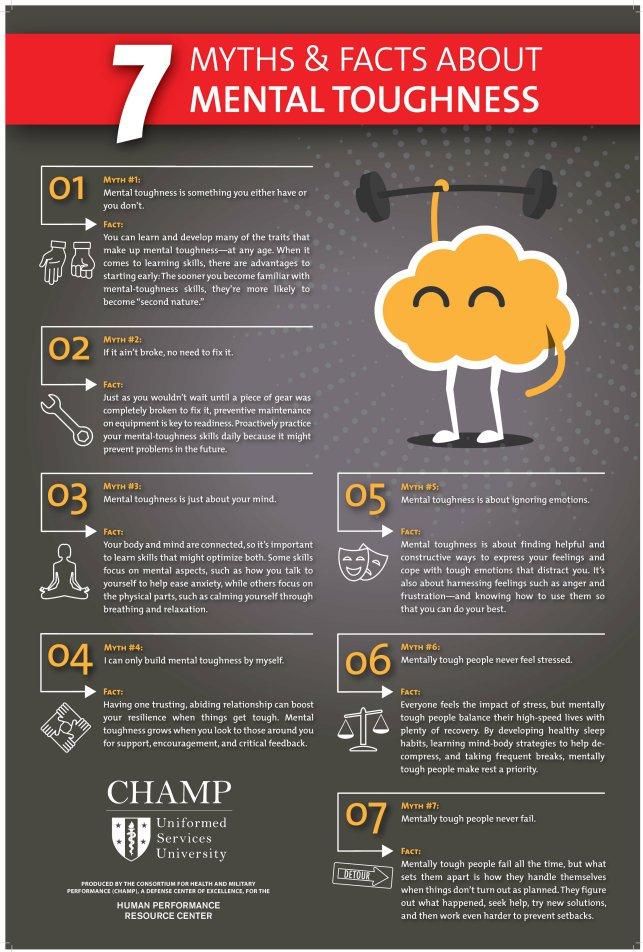 People who score high on this scale are better able to control their emotions.
People who score high on this scale are better able to control their emotions.
I see, but what is “commitment”?
This is the tendency to actively and persevere in pursuit of goals, despite the difficulties that arise. There are two factors of this component: goal orientation and achievement orientation.
Goal orientation describes the extent to which a person visualizes what they need to achieve. Achievers are focused on setting goals for their activities and can often imagine how achieving them will feel.
Achievement orientation describes the degree to which a person is willing to put in the mental effort to accomplish what is expected of him. Those who are mentally stable are more likely to keep their commitments and "do what needs to be done" and get satisfaction from doing so.
Okay, let's take a look at the call component, shall we?
This is the tendency to view potential setbacks as opportunities for self-development and to continue striving for desired change. People approach life's challenges in different ways: some perceive them as potential opportunities, while others perceive them as a threat. In this case, challenges are understood as various events and situations that a person faces.
People approach life's challenges in different ways: some perceive them as potential opportunities, while others perceive them as a threat. In this case, challenges are understood as various events and situations that a person faces.
There are two factors of this component - risk orientation and learning orientation. Risk orientation reflects how open a person is to new experiences and changes, as well as the extent to which he tends to explore the limits of his possibilities. Persons who are mentally stable in this regard are ready to take risks and cope with them. Orientation to learning reflects the extent to which a person is inclined to comprehend his life experience and draw lessons from it for himself.
It remains to understand what is "confidence"?
It is maintaining a high self-esteem of one's personality and abilities despite setbacks, as well as the ability to develop social connections. There are two factors of this component - self-confidence and interpersonal confidence.
Confidence in one's abilities reflects how much an individual considers himself a truly worthy person and (does not) depend on confirmation of his worth from outside. Interpersonal confidence shows the degree of subjective confidence of an individual in the ability to influence other people, resist their influence, as well as the likelihood of his self-promotion in social groups.
Is it possible to measure mental stability and its components?
Yes, there are many questionnaires that assess the level of mental stability. One of the most famous and widespread is the Mental Toughness Questionnaire 48 ( Mental Toughness Questionnaire 48 - MTQ48), which is based on the 4C model.
How does mental stability affect the quality of life?
Studies show that the severity of mental resilience is positively correlated with life satisfaction, mental well-being, subjective perceptions of well-being and negatively correlated with mental health complaints and signs of depression for all ages. Also, mental stability is negatively associated with perceived stress, both in children and adults, as well as anxiety.
Also, mental stability is negatively associated with perceived stress, both in children and adults, as well as anxiety.
Recent work has also highlighted the important role of mental resilience in reducing the adverse mental health outcomes of the COVID-19 pandemic, especially depression, anxiety, and perceived stress. Mental resilience has also been found to be positively associated with physical pain tolerance, injury rehabilitation success, sleep patterns, and the ability to forgive.
Is there a positive relationship between mental stability and success in professional activities and education?
Yes, there is a positive relationship with such important psychological characteristics for professional activity as competitiveness, motivation, frequency of inspiration, frequency of experiencing the flow state. Also, mental stability is positively associated with the level of employee productivity, which was assessed by managers.
There is a correlation between a pronounced level of mental stability and higher management positions. It is worth noting that a positive correlation in such studies does not reflect the direction of addiction, that is, it does not show that it is mental stability that leads to success, and not vice versa.
It is worth noting that a positive correlation in such studies does not reflect the direction of addiction, that is, it does not show that it is mental stability that leads to success, and not vice versa.
A high level of mental stability also correlates with academic success, for example, with academic (commitment and life control scales) and social adaptation at the university (life control and interpersonal confidence scales). It was found that in a situation of lack of sleep (but not in the norm), good mental stability also prevents the development of emotional exhaustion in students.
In general, mental stability is an important factor in the success of learning, since learning is often associated with stress in the form of tests, difficulties in mastering certain subjects or difficulties in relationships in the classroom.
Is there a connection between mental stability and cognitive characteristics?
Subjects with a high level of mental stability (especially on the “commitment” scale), according to one study, performed better tasks on directed forgetting, inhibition and ignoring irrelevant information.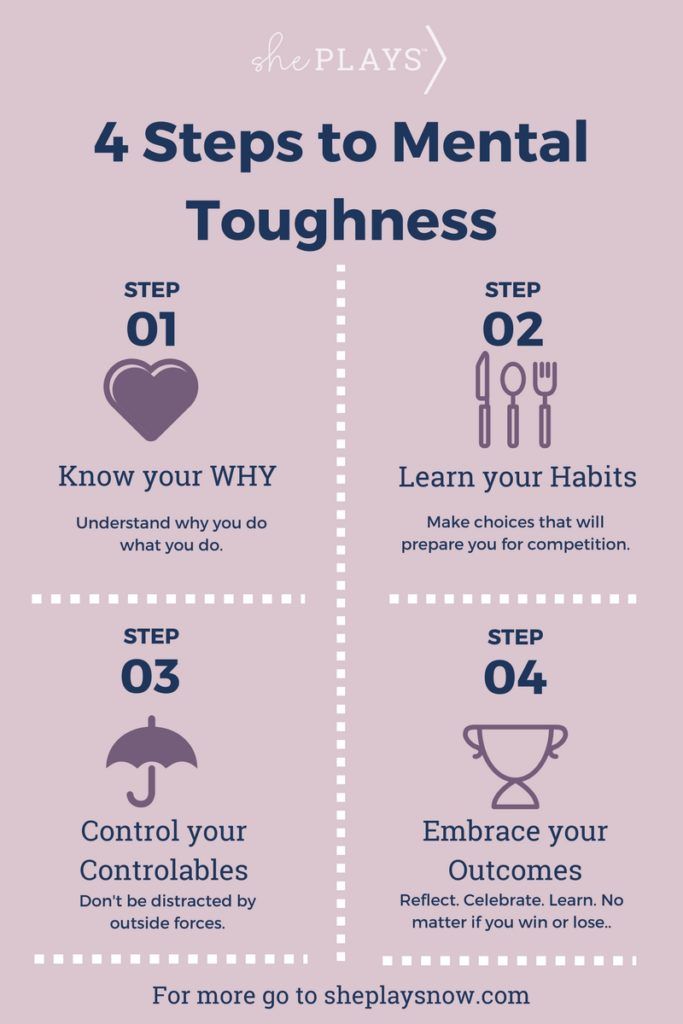 The authors suggested that it is this cognitive process that underlies mental stability. But such a relationship was observed only with a strong expression of conscientiousness (consciousness) according to the Big Five questionnaire, that is, this cognitive ability by itself does not lead to mental stability.
The authors suggested that it is this cognitive process that underlies mental stability. But such a relationship was observed only with a strong expression of conscientiousness (consciousness) according to the Big Five questionnaire, that is, this cognitive ability by itself does not lead to mental stability.
Is mental stability a factor that manifests itself in all life situations?
Optional. For example, a negative association of mental resilience with mental health complaints and depression is observed only at high levels of stress. In other words, mental stability fully manifests its positive impact on mental well-being precisely in critical conditions.
Other studies have shown that mental stability is associated with reduced levels of depression in "grandiose" narcissistic personalities. Similar results were obtained for the negative relationship of mental stability (the "control" and "confidence" scales) with perceived stress. And in athletes, a negative relationship between mental stability and anxiety before competitions was observed only under conditions of high motivation for their activities.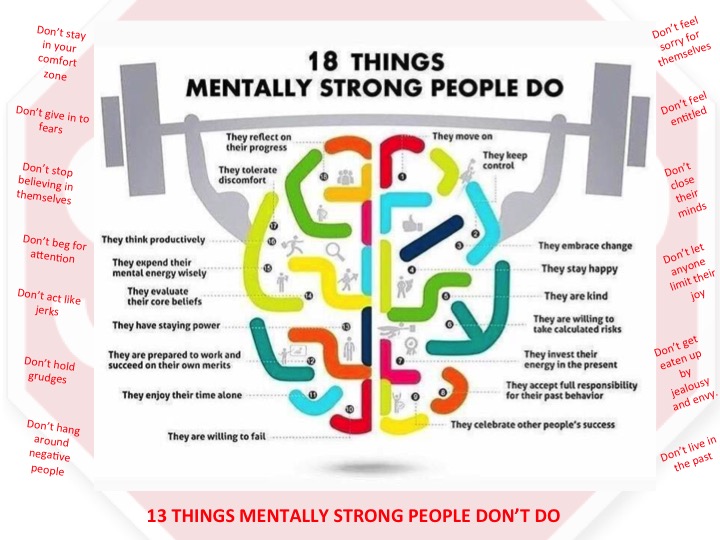
Thus, it can be assumed that mental stability makes a significant contribution to psychological well-being. But this is only true for certain situations and/or personality types.
How is mental stability formed and can it be developed?
The formation of mental stability is a necessary condition for preserving oneself as a person, a part of socialization. This process begins at an early age - in many respects, the resources of mental stability are formed even before the age of five. At school age, it already acts as an internal protective resource, which makes it possible to integrate into society and fulfill oneself.
Hereditary factors play a role in the development of mental stability, but it can change throughout life. It follows that mental stability can be developed using targeted strategies, training, psychotherapy. At the same time, a person must take responsibility for his own development.
IQ
Text author: Selina Marina Vladimirovna, July 6
All materials of the author
Psychology File cabinets
Psychological and emotional stability
Psychological stability, emotional stability, stress resistance are concepts that complement each other and form a personality system.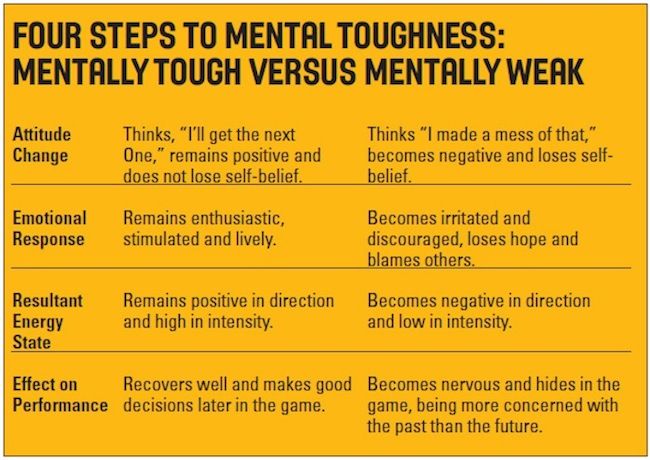
Psychological stability is a socio-psychological characteristic of a person, which consists in the ability to endure the extraordinary situation without any damage to oneself and overcome its consequences with the help of methods that improve the personality, increase the level of its adaptation and social maturity. In fact, this characteristic means the presence of an adaptive potential of the individual, which determines its ability to overcome difficult situations.
In modern psychological science, attempts are being made to holistically comprehend the personal characteristics responsible for successful adaptation and coping with difficult life situations.
It should be noted that researchers do not have a common opinion regarding the leading component of psychological stability.
Some authors consider the cognitive component to be the leading one, others - the emotional and volitional (stress resistance, emotional-volitional stability) or motivational components.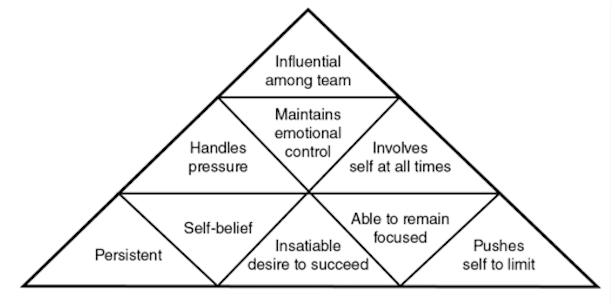 Some researchers propose to consider a set of qualities that ensure a person's resistance to extreme factors. An integrative approach to considering this complex quality is the most promising.
Some researchers propose to consider a set of qualities that ensure a person's resistance to extreme factors. An integrative approach to considering this complex quality is the most promising.
For example, A.G. Maklakov introduced the concept of "personal adaptive potential", which determines a person's resistance to extreme factors. It includes the following characteristics: neuropsychic stability, the level of development of which provides tolerance to stress; self-assessment of the individual, which determines the degree of adequacy of the perception of the conditions of activity and one's capabilities; a sense of social support, causing a sense of self-worth to others; the level of personality conflict; experience of social communication. The author considers all of the listed characteristics to be significant in assessing and predicting the success of adaptation to difficult and extreme situations, as well as in assessing the rate of restoration of mental balance.
G.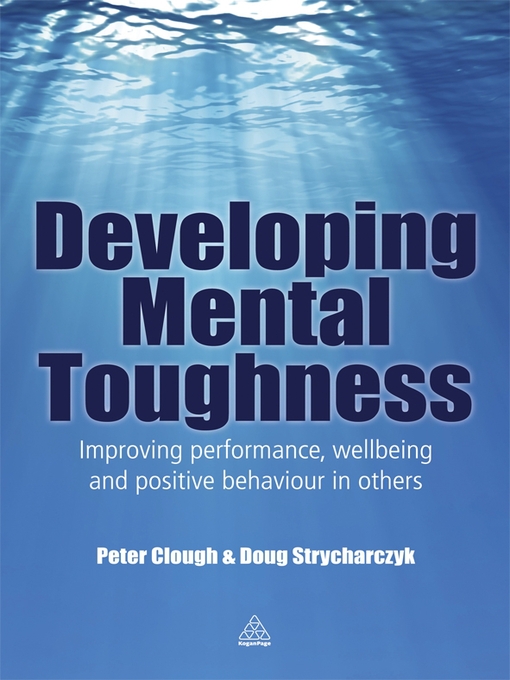 S. Nikiforov considers psychological stability as a complex quality of a person, the level of which is manifested in her professional activity, in the reliability of an employee. Psychological stability, in his opinion, is a synthesis of individual qualities and abilities, which combines balance, stamina, stability and resilience.
S. Nikiforov considers psychological stability as a complex quality of a person, the level of which is manifested in her professional activity, in the reliability of an employee. Psychological stability, in his opinion, is a synthesis of individual qualities and abilities, which combines balance, stamina, stability and resilience.
Balance is the ability to keep the level of tension without going beyond the acceptable (without leading to destructive stress).
Resilience implies the ability to withstand difficulties, maintaining faith in situations of frustration, and stability - a constant level of mood.
Resilience lies in the ability of the individual to maintain freedom of behavior and lifestyle choices, as well as freedom from any kind of addiction.
Various aspects of psychological stability are also reflected in foreign science.
So, for example, studying the different impact of stressful life events on the illness of leaders, S. Kobasa proposed the concept of Hardiness - a personality trait, which in Russian literature is translated as endurance, stamina or vitality, courage, courage, strength, audacity. In the future, the concept of Hardiness was further developed in the works of S. Maddy, where it is considered as an integrative quality of a person, which is an indicator of a person's mental health.
Kobasa proposed the concept of Hardiness - a personality trait, which in Russian literature is translated as endurance, stamina or vitality, courage, courage, strength, audacity. In the future, the concept of Hardiness was further developed in the works of S. Maddy, where it is considered as an integrative quality of a person, which is an indicator of a person's mental health.
Hardiness consists of three components: commitment, control, and ability to accept a challenge.
Obligation is a tendency to devote oneself completely to one's work, whatever it may be, in other words, the semantic and goal orientation of a person. Inclusion is an important definition of oneself and the world around, as well as the nature of their interaction. It gives strength, motivates a person to implementation, leadership, a healthy lifestyle and behavior, and also makes it possible to feel significant and valuable enough to be fully involved in solving problems, despite the presence of stressful factors and changes.
Control is the tendency to think and act as if there is a real possibility to influence the course of events. This is a quality that motivates to find ways to influence the results of stressful changes and does not allow a person to fall into a state of helplessness and passivity. Having control, a person is sure that any difficult situation can be transformed so that it will be consistent with his life plans, it will be useful to him in some way. Evaluating even tragic events, a person reduces their significance and thereby reduces the psycho-traumatic effect.
Challenge (ability to accept a challenge) refers to the perception of danger as a challenge that marks the next turn of a changing life, prompting a person to continuous growth. This is the ability to experience any event as a stimulus for the development of one's own capabilities. This component of Hardiness helps a person to remain open to the environment and society.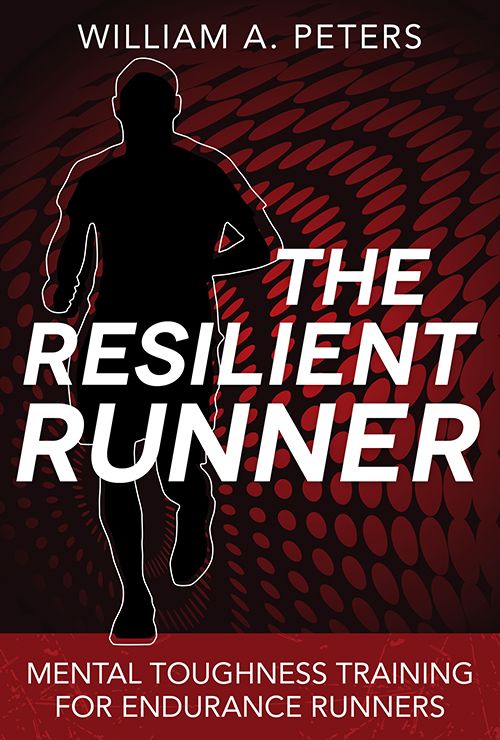 It consists in the perception by a person of a life event as a challenge to himself personally and upcoming trials.
It consists in the perception by a person of a life event as a challenge to himself personally and upcoming trials.
Thus, there is a whole range of personal qualities that contribute to the adaptive, non-traumatic experience of extreme situations and ensure the success of overcoming their consequences, which can be characterized as an integrative personality characteristic - psychological resistance to extreme situations.
In modern foreign studies, Hardiness is considered an important factor leading to reliable and sustainable results of professional activity, especially for extreme specialists. For example, the results of a study of 405 fire communities in Madrid showed that Hardiness can be a deterrent between occupational stressors and burnout.
The activities of firefighters are characterized by a high level of neuropsychic tension, which is associated with the presence of a real vital threat, with the impact of extreme factors of the situation, as well as the need to make decisions in conditions of novelty, uncertainty, lack of time and high responsibility.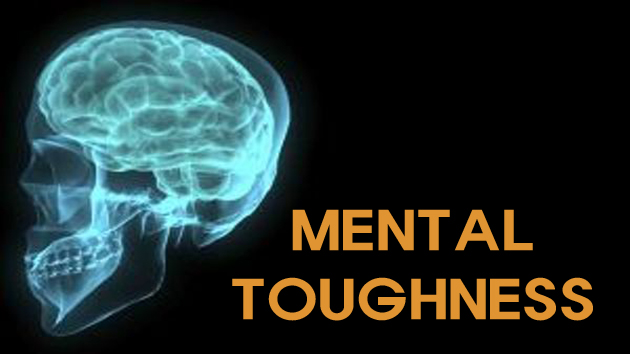
As the difficulty of the situation increases, the effectiveness of professional activity to a greater extent depends on the psychological stability of a specialist, which, along with professional skill, which implies knowledge, skills and behavior in extreme situations, determines the effectiveness and reliability of the activity of an extreme profile specialist.
Psychological stability, which is a generalized mode of functioning and includes cognitive, emotional and behavioral components, should be manifested at all stages of the professional task of firefighters, which can be conditionally divided into three: preparatory, main and final.
The preparatory phase includes signaling a fire and going to the scene of an emergency. A feature of the preparatory stage is the suddenness and uncertainty of information. The main task of a specialist at this stage is to prevent a state of anxiety and bring the level of neuropsychic stress to an optimal level - a state of combat readiness.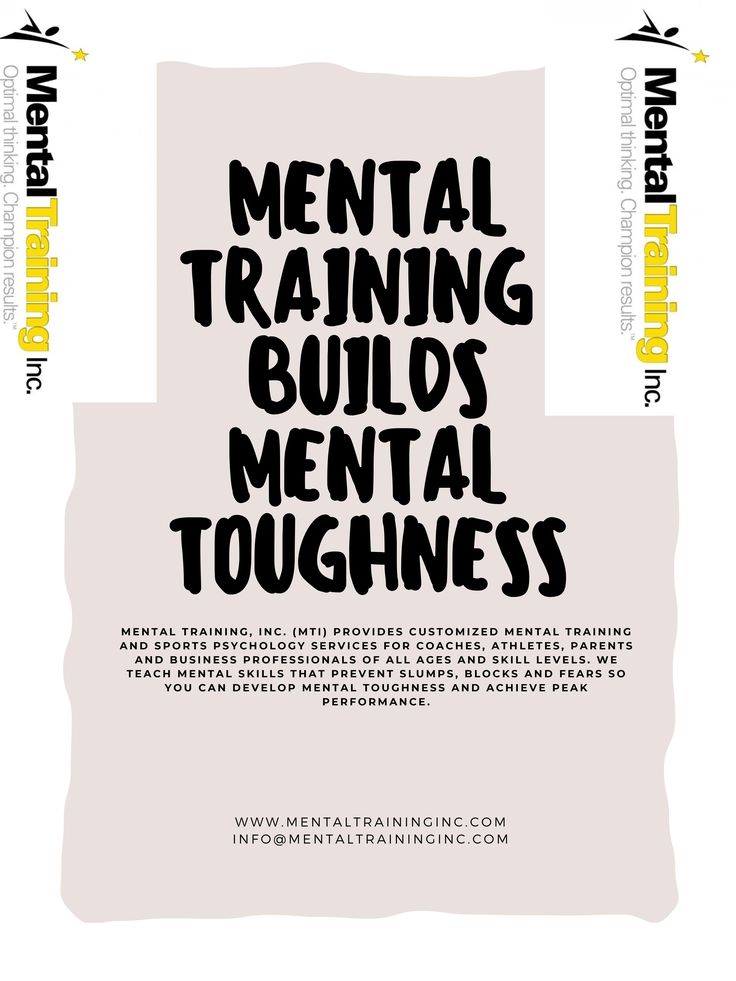
The main stage includes direct professional actions aimed at saving people and material objects. The features of this stage are: danger, uncertainty of the situation, severe lack of time. The conditions of the situation impose increased requirements on the cognitive abilities of a specialist, which is expressed: in an objective assessment and analysis of the situation, in the search for unknown or conflicting information, in decision making. In the behavioral sphere, psychological stability at this stage is manifested in active actions aimed at changing the situation using non-specific forms of activity, i.e. actions that provide the most effective result in a particular emergency situation, flexibility and speed of transition from one task to another. Thus, the main task of specialists at this stage is to mobilize their resources to fulfill their professional duty.
At the final stage, an important task is to restore emotional balance with the help of self-regulation techniques and constructive transformative coping strategies.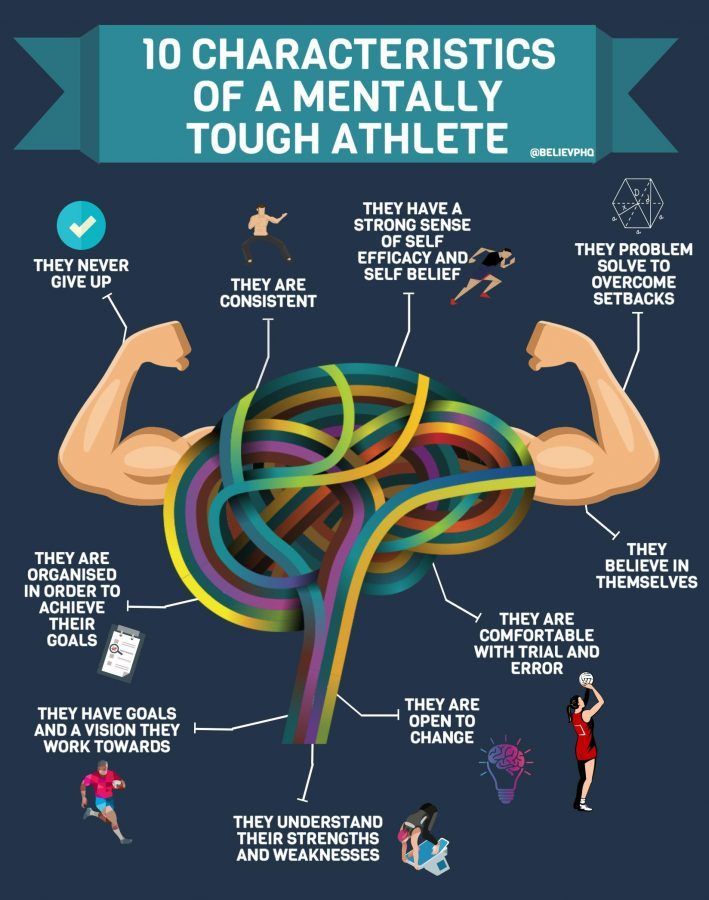
Thus, psychological stability is the quality of a specialist's personality, which consists in the ability not to succumb to unfavorable circumstances of the tasks being solved, not to reduce the quality of performing professional actions under their influence.
The level of psychological stability of a specialist, on the one hand, is manifested in the reliability of professional activity. On the other hand, successful professional activity for many is the basis for a full-fledged experience of self-realization and satisfaction with life in general, which in turn increases the level of psychological stability.
Stress Model Resilience
One of the first and most compelling studies based on the resilience construct was a longitudinal study of managers at a large Illinois Bell Telephone Company (IBT).
The stressful situation in the company arose as a result of changes in the legislation regulating the telecommunications business in the United States.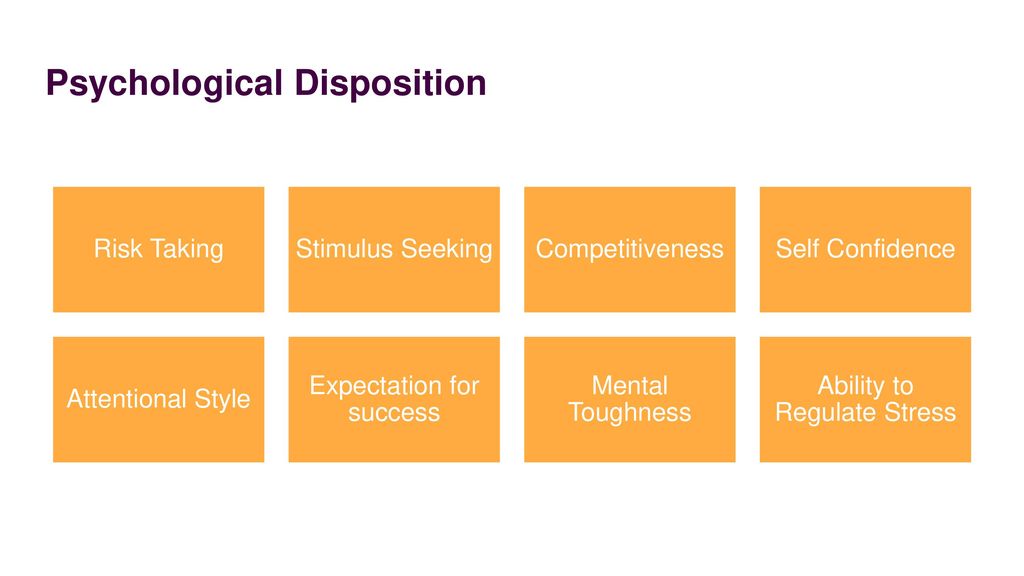 As a result of these changes, all enterprises in the industry were facing significant staff reductions within a few months, which was known in advance. This situation provoked reactions of distress, somatic illnesses and mental disturbances in many workers, awaiting the decision of their fate. A study conducted by Muddy found a clear inverse relationship between the severity of hardiness components and the likelihood of a serious illness within a year after the onset of a stressful situation in company managers.
As a result of these changes, all enterprises in the industry were facing significant staff reductions within a few months, which was known in advance. This situation provoked reactions of distress, somatic illnesses and mental disturbances in many workers, awaiting the decision of their fate. A study conducted by Muddy found a clear inverse relationship between the severity of hardiness components and the likelihood of a serious illness within a year after the onset of a stressful situation in company managers.
With a low severity of all three components of hardiness, the probability of disease was 92.5%, with a high level of one of the components - 71.8%, with a high level of two components - 57.7%, and with a high level of all three components
-1.1%.
How does resilience work? How does it help you overcome stress? According to the psychology of stress, all psychological factors affect stress in one of two ways (see Fig. 1): they can influence the assessment of the situation (“Is it a threat to me?”, “Can I cope with it?”), and can influence the reaction of a person, his behavior, overcoming difficulties.